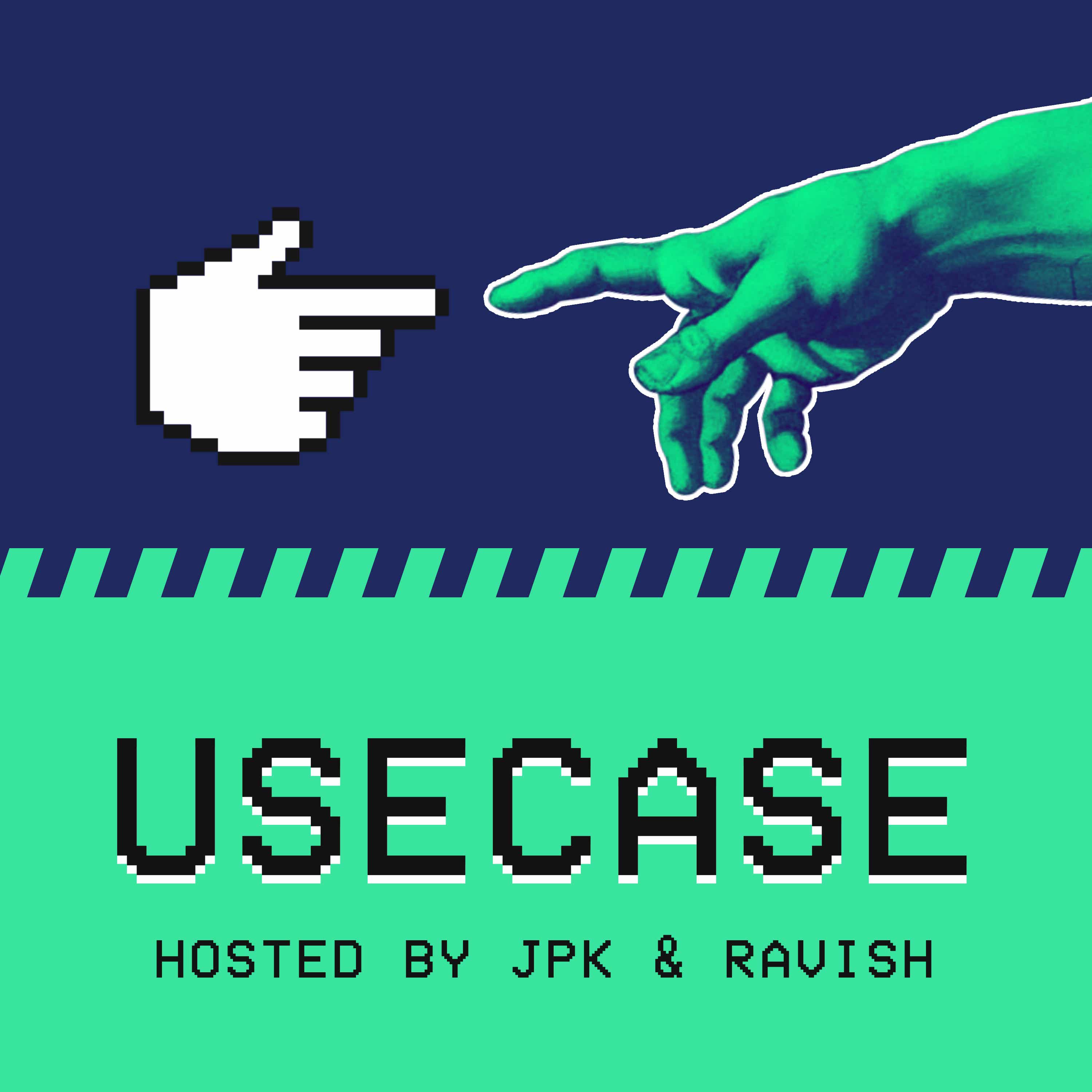Pricing strategies for Indian startups
Description
One of the most common things you hear in the world of startups is “We weren’t able to monetise.”
The theme that often plays out is this - the team gets excited about an idea - they start working on it - they talk to customers and if everything works out, they build a great product with an obvious demand in the market. However, in this entire journey as engineers and product enthusiasts we first build the full product and then, almost as an afterthought, decide what to price it at and how to sell it!
Pricing strategy is an important concept that must be incorporated into the plan from Day 1 - even before execution because if you know what your potential customers are willing to pay for, you will automatically prioritise features to fit the price (a.k.a cost based pricing).
In this episode with Dr Sreelata Jonnalagedda, Associate Professor at IIM Bangalore - we discuss how startups can adopt a pricing strategy that is right for them. In the short 30 minutes, I think Dr Sreelata managed to squeeze at least 6 case studies and examples discussing everything from decoy pricing to predatory pricing.
Here are 3 of my favourite examples from the episode:
Framing - Make it difficult to compare competitors’ features! Especially for SaaS.
Prof Sreelata gives a very interesting example comparing Dropbox and Google Drive. Now, there is not a lot of difference in cloud storage, right? Whether you store your files in A or in B, ultimately as a consumer you are deriving similar value from both. So what would you do? You would go with whatever is the cheapest!
But here is something successful startups do - they make it difficult for users to compare features against their competitors’ products. This works where there is not a lot of scope for differentiation in product offering. Dropbox has a loooong list of features across its plans and even if I open the website from India, it still prices the storage in US $. ¯\_(ツ)_/¯
Most users hate doing complicated maths and making detailed price to value comparisons for every purchase. Framing your pricing with the offering in a way that makes it harder to compare your product is a smart option.
We share key lessons on Product Management and Venture Capital by experts from the Indian start up ecosystem, straight to your inbox. Do subscribe - no spam, ever!
Predatory Pricing: Uber, Ola, Swiggy, Jio, Delhivery, Bounce
Many times market disruption involves new habit creation. Think about the early days of e-commerce when products were priced at massive discounts to incentivise first time online shoppers to buy goods online. Or when as Indians we first learnt to ditch the then omnipresent autos for cabs because they cost the same as taking an auto anyway.
Predatory pricing is a technique where you price your product (say, P1) lower than the equilibrium price in the market (P0 in graph 1) for same or similar products. This allows you to capture a significant market share. Once you’ve built enough customer loyalty to your platform/ product, you change the demand curve altogether.
Now if you increase the price from P1 to P2 (i.e., P2>P1), some customers will stop buying your product but some will stay back because there is an exit cost/ switching cost to leaving your product.
It’s a very aggressive pricing strategy that only those startups that are heavily funded by big growth stage investors are able to follow. It is not something that you can do for a short duration as an experiment and hope to build enough customer loyalty to achieve customer loyalty.
Building loyalty at scale takes both time and big coffers! So do it only if you can afford both.
Bundling - Get Amazon/ Times Prime for ₹999!
Perhaps one of the best example for bundling implemented in the Indian context is Times Prime. For just ₹999 you get subscriptions from Gaana, Sony Liv, ET Prime, TOI
More Episodes
Listen now | with Sundeep Khanna, Author
Subscribe at turnaround.substack.com
Published 11/29/21
Published 11/29/21
Few brands inspire the kind of devotion that an Enfield does. Its distinctive look and feel, the sound of its engine and the image that it creates of its rider have all contributed to putting the brand on the kind of pedestal that others could only dream of. But the story of how Royal Enfield...
Published 11/27/21


